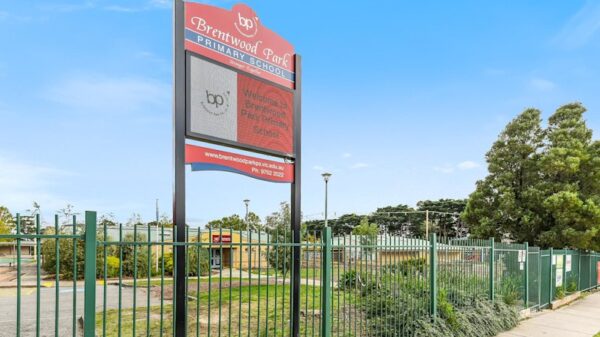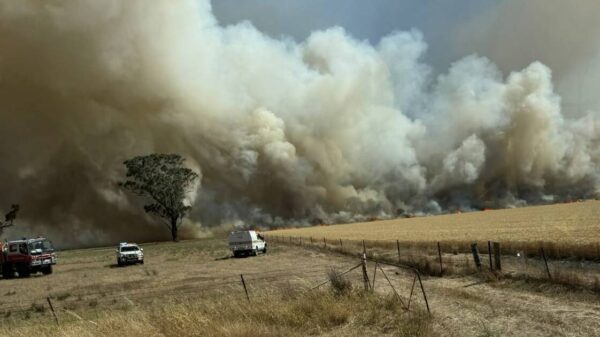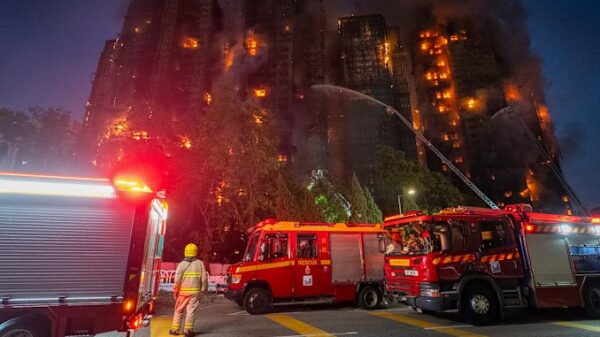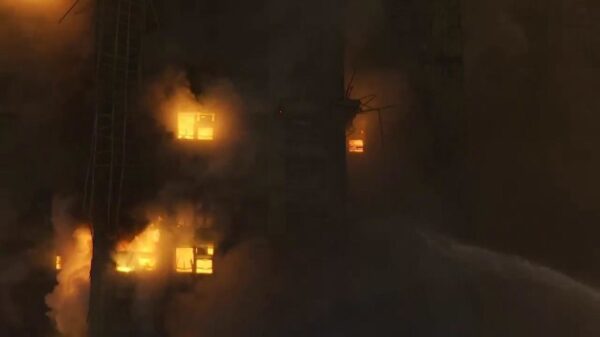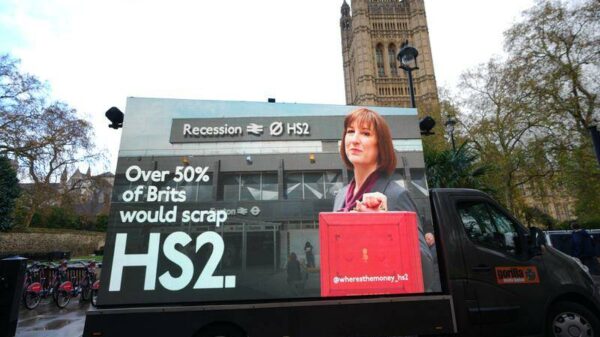At least 36 people have died and 279 remain missing following a devastating fire that swept through high-rise residential towers in Hong Kong’s Tai Po district. This incident marks the city’s deadliest fire in over 30 years, occurring on the afternoon of October 17, 2023. The blaze began in a housing complex known as Wang Fuk Court, which consists of eight towers and is home to around 2,000 apartments.
Rescue operations are ongoing, with firefighters battling flames that engulfed the 32-storey buildings, which were clad in flammable bamboo scaffolding. Thick smoke persisted for hours, prompting a significant emergency response as rescue teams worked tirelessly through the night. The exact cause of the fire is under investigation, but authorities indicated that the scaffolding material, which the government began phasing out in March 2023 for safety reasons, likely contributed to the rapid spread of the flames.
As the situation unfolded, John Lee, the Chief Executive of Hong Kong, provided updates to the media. He confirmed that one firefighter was among the deceased and that 29 individuals are currently hospitalized with injuries. “The priority is to extinguish the fire and rescue the residents who are trapped. The second is to support the injured. The third is to support and recover. Then, we’ll launch a thorough investigation,” Lee stated.
Eyewitness accounts paint a harrowing picture of the unfolding tragedy. A 71-year-old resident, identified only by his surname, Wong, expressed despair as he learned his wife was trapped inside the building. Another resident, Harry Cheung, who has lived in the complex for over 40 years, described hearing a loud noise before witnessing the fire erupt. “I immediately went back to pack up my things,” Cheung shared.
Emergency services faced numerous challenges as they attempted to reach the upper floors, with flames generating intense heat and scaffolding structures collapsing in the chaos. Over 900 residents have sought refuge in temporary shelters set up in response to the disaster.
In a statement from mainland China, President Xi Jinping urged an “all-out effort” to combat the fire and minimize casualties. Meanwhile, the impact of the fire has extended beyond immediate concerns, as traffic disruptions have occurred on major routes, including the closure of a section of Tai Po Road, one of Hong Kong’s main highways. The city’s Transport Department announced diversions for buses and significant congestion in the area.
The fire has drawn comparisons to a tragic incident in November 1996, when a fire in a commercial building in Kowloon resulted in the deaths of 41 individuals. That event led to significant reforms in building safety regulations in Hong Kong. The current tragedy raises questions about the safety of construction materials still in use, such as bamboo scaffolding, which remains common in Hong Kong, one of the last places to utilize it extensively. In March, the government announced plans that at least 50 percent of public construction work would transition to metal scaffolding.
As investigations begin, the emotional toll on the community is palpable. Residents are grappling with the loss of life and the uncertainty of their future, particularly in a city where property prices and living conditions have long been contentious issues. The upcoming city-wide legislative elections in December may further amplify public sentiment as residents consider the implications of this tragic event.
The full extent of the fire’s impact on the community and the necessary changes in construction practices and safety regulations will be critical areas of focus in the days to come.


